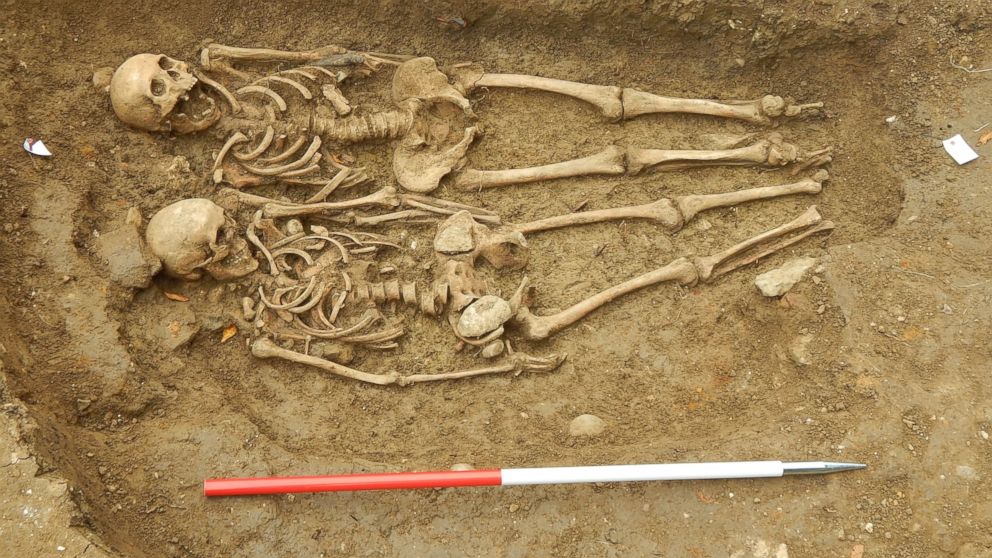
Archaeologists Discover the World’s Earliest Evidence of Psychoactive Plant Usage in Ancient Arabia
An extraordinary find in the secluded Qurayyah oasis in northwestern Saudi Arabia has brought to light significant information regarding ancient healing traditions. Hidden within Iron Age dwellings that date back 2,700 years, archaeologists have revealed the earliest known proof of Peganum harmala — a psychoactive plant that is still utilized in conventional medicine today — being intentionally burned for its healing properties. This discovery represents a significant advancement in the fields of ethnobotany and ancient pharmacology.
Disclosed in research spearheaded by Dr. Barbara Huber from the Max Planck Institute of Geoanthropology and published in Communications Biology, the study employed advanced chemistry techniques to identify psychoactive compounds within ancient fumigation tools. The finding not only predates documented accounts of such activities but also emphasizes the complexity of early medicinal practices in Arabian culture.
Unveiling the Chemical Signatures of Historical Healing Practices
Through high-performance liquid chromatography-tandem mass spectrometry (HPLC-MS/MS), the researchers conducted a chemical analysis of the residues found in ceramic fumigation vessels that were retrieved from residences in Qurayyah. The examinations confirmed the existence of harmine and harmane — two distinct alkaloids linked to Peganum harmala, popularly recognized as Syrian rue or harmal — clearly indicating that this plant was purposely incinerated.
These alkaloids function as reversible inhibitors of monoamine oxidase A (MAO-A), enzymes essential for breaking down neurotransmitters such as serotonin and dopamine. At low doses, they can enhance mood and induce relaxation; however, at high levels, they may evoke vivid hallucinations and euphoria, highlighting both the plant’s potency and the importance of mindful dosing.
A Common Healing Practice, Not a Sacred Ceremony
Although psychoactive plants are frequently linked to ritualistic or spiritual practices in archaeology, this discovery is distinctive due to its everyday context. The fumigation tools were located not in temples or tombs, but rather in courtyards, cooking spaces, and basements — areas integral to daily family life. This implies that Iron Age households in Arabia embraced harmal burning as a routine domestic practice, likely employed to enhance health and hygiene or possibly serving as a mild sedative or mood lifter.
Elevated levels of plant sterols, including campesterol and β-sitosterol, were also identified alongside the alkaloids, suggesting these devices were likely utilized for burning harmal seeds or their oils. This approach would have allowed for a measured release of the active components into the atmosphere — a safer alternative to direct consumption.
Versatile Household Medicine
The researchers postulate that people incinerated Peganum harmala for a variety of practical applications, such as:
– Purifying and disinfecting the air
– Repelling insects and pests
– Alleviating headache and muscle pain
– Stabilizing mood, possibly addressing mental stress
Contextual analysis additionally showed a sophisticated application of natural materials. While residential areas prominently showcased harmal, burial sites at adjacent locations were associated with aromatic resins like Commiphora (myrrh) and conifers, reflecting a deliberate differentiation between medicinal and ceremonial use of plants in ancient Arabian culture.
A Magical Plant with Dual Abilities
Harmal is well-known for its hormetic effects — beneficial in small amounts, yet toxic when consumed in excess. This duality is echoed in contemporary case studies concerning harmal poisoning resulting from improper use or incorrect dosage.
Nevertheless, the ancient community of Qurayyah seems to have adeptly harnessed its benefits, opting for fumigation instead of ingestion to control dosage and mitigate toxicity. This method provided therapeutic effects through passive inhalation — an early form of aromatherapy with biochemically validated outcomes.
Cultural Continuity and the Vulnerability of Traditional Wisdom
Arabia boasts a rich history of herbal healing. Out of approximately 2,250 native plant species, nearly 25% have documented medicinal applications. Peganum harmala continues to be employed today, frequently included in treatments for depression, anxiety, fever, and various ailments.
“This illustrates the profound historical foundations of traditional healing and fumigation practices in Arabia,” remarks Ahmed M. Abualhassan, co-director of the Qurayyah project and a spokesperson for the Saudi Heritage Commission.
However, with contemporary lifestyles and pharmaceutical solutions spreading, such traditions are in jeopardy of disappearing. The researchers stress the need for urgent documentation and preservation of the region’s ethnobotanical legacy — knowledge that remains in rural and nomadic communities but is rapidly vanishing amid modernization pressures.
Modern Science Merges with Ancient Healing Practices
Beyond enhancing our comprehension of past lifestyles, the study serves as an example of how 21st-century science can illuminate the imperceptible — residues, aromas, and cultural meanings that traversed homes nearly 3,000 years ago.
To detect the minute quantities of harmal compounds, the team employed multiple reaction monitoring (MRM) mass spectrometry, a method that differentiates between molecular fragments.